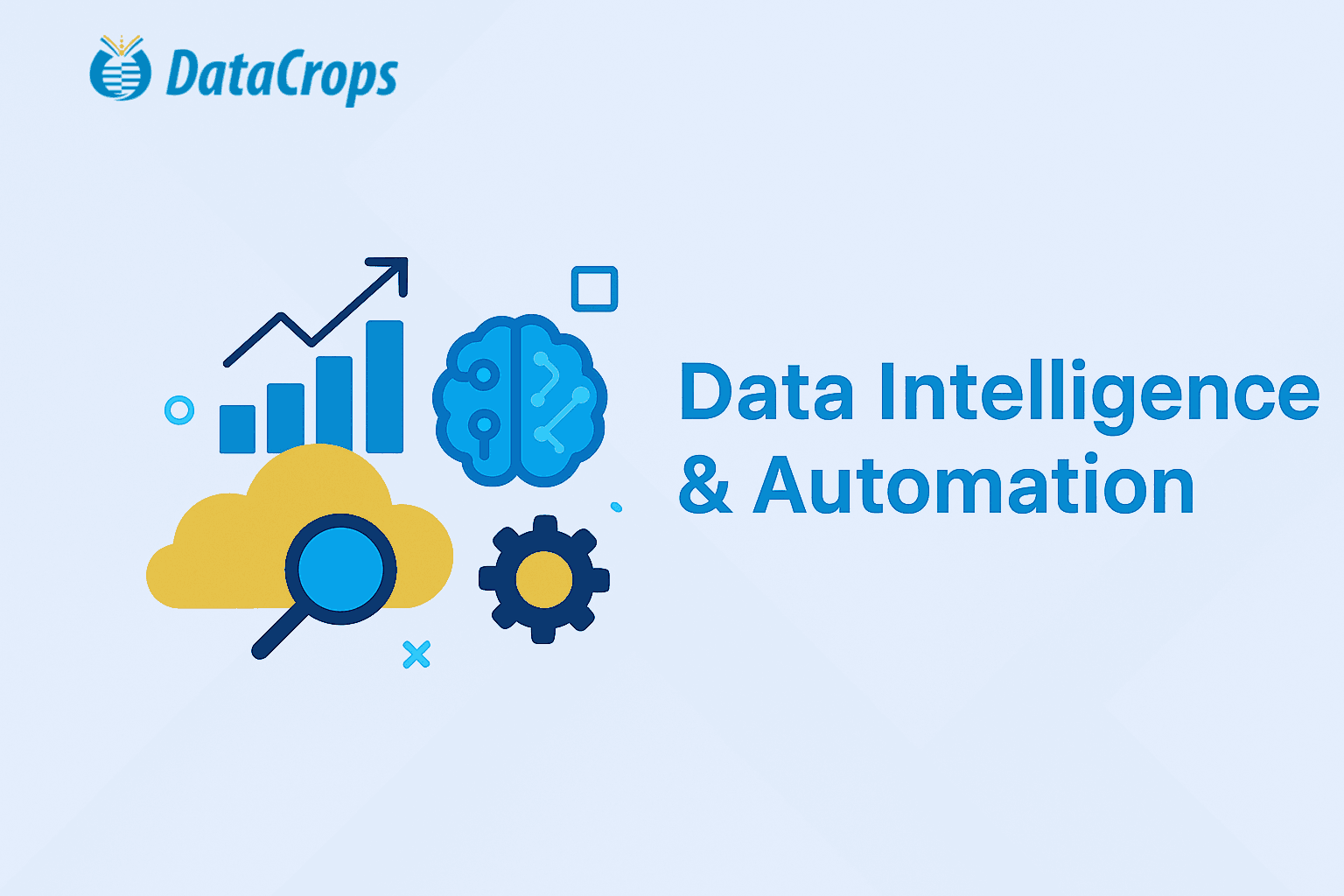
If you’re a retailer, you know it’s not enough to keep up with the latest trends and technologies. You also have to ensure that your prices are competitive with those of other retailers in your area.
This is where Competitor Price Monitoring Software comes in it helps you gauge the value of products based on the cost they bear about other items and services available in your industry.
Scraping is the process of obtaining data from the internet. It involves using a computer program to automatically fetch any information you need from your competitor’s website and save it to your computer.
You can scrape manually by using your browser, but this can be very time consuming and inefficient since websites often change their design, layout and content over time.
Therefore, most people prefer to use a computer program that automates this process. Many types of Competitor Price Monitoring Software are available, and each has its own advantages and disadvantages.

The most important thing to consider when choosing the right program is whether it will meet your needs.
The next question is, how do you use scraping results? There are three ways to use scraping results:
Use scraping results as a basis for your data. Scraping results can be used to build up your first database of competitor prices, which gives you a good starting point for further analysis and decision-making.
Use scraping results to make decisions on your own. With more data, you can make better decisions based on what’s happening in the market rather than relying on gut feeling or intuition alone.
Use scraping results to make more informed decisions at all times. When there’s no need for immediate action, it may still be useful to know some interesting facts about the market, such as which products sell better than others or what price range is most popular among consumers now.
Before you start your Online Product Price Monitoring Solutions, it is important to define who your competitors are. Do not get caught up in the misconception that competitors are always direct.
Direct competition could include other companies with similar products and services as yours. Indirect competition can be unrelated to your business model and may still impact your sales or profits.
For example, if an event venue were to open where you operate, this would likely affect both your customers and revenue streams since you compete for some of the same audience during special events like weddings or corporate parties.
A pricing plan is a tool for selling your product or service at the right price. Pricing strategy should be defined before you start and not change on a whim.
This will save you time and money because, in case of any changes, it will be much easier to adjust your plans and marketing efforts if they are already defined.
The price should be a function of market conditions and competitors’ prices. Pricing strategy is not just about your product but also the service accompanying it (e.g., after-sale support).
When you compromise quality, you are compromising your brand.
Quality is not a one-time investment. It’s an ongoing process that requires continual attention and investment.